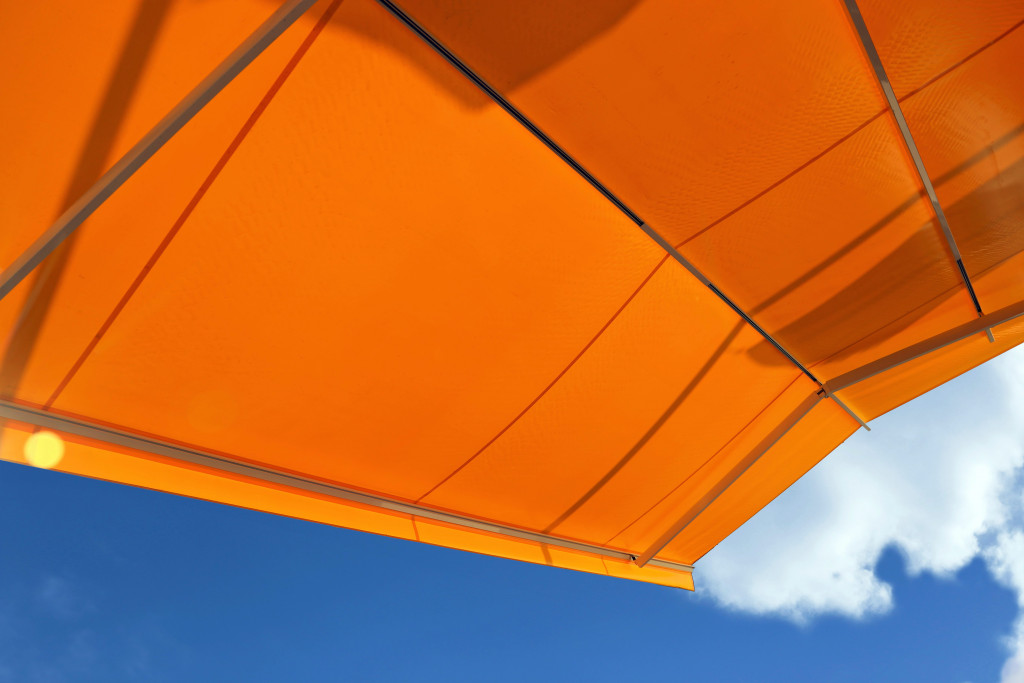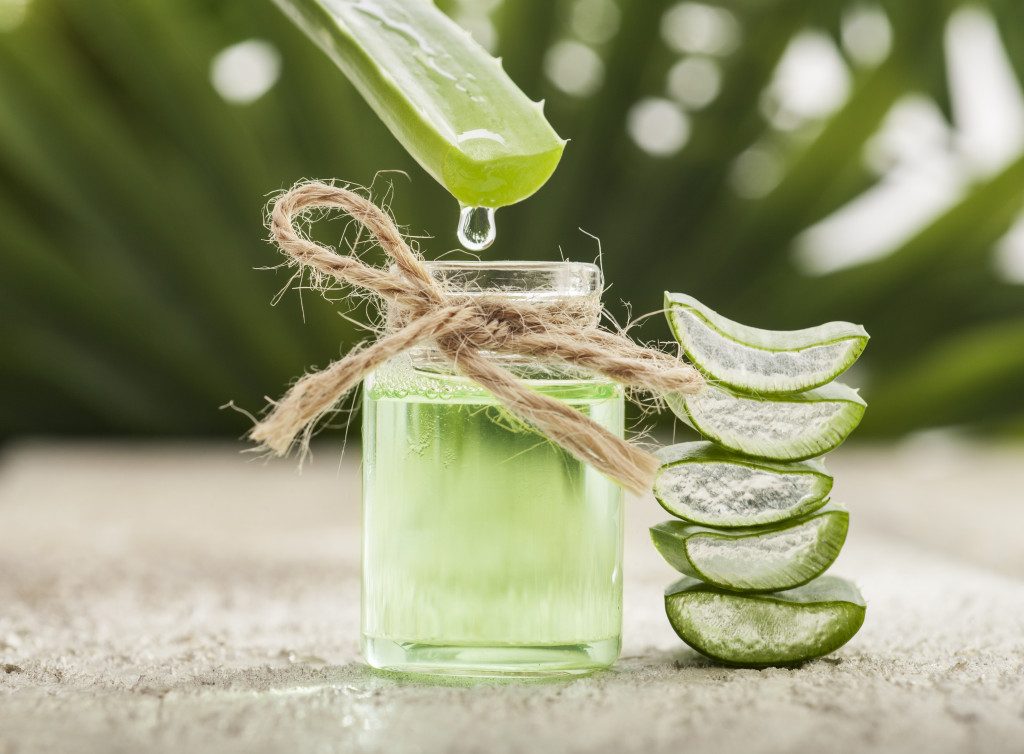- Crow’s feet are wrinkles around the eyes caused by repeated facial expressions.
- Common risk factors for crow’s feet development include age, sun exposure, smoking, poor diet, and genetics.
- Non-invasive treatments such as botox injections, home remedies, OTC products, and laser treatments can help reduce their appearance.
- The skin around the eyes is delicate and susceptible to wrinkles due to collagen and elastin fiber damage from UV light.
- Taking proper precautions and consulting with a dermatologist can help find an effective treatment for crow’s feet.
As people age, their skin tends to develop wrinkles and fine lines that can make them look older than their actual age. One common area where these signs of aging are often visible is around the eyes, with fine lines and wrinkles resembling a crow’s feet. Here’s what you need to know about crow’s feet.
What is Crow’s Feet?
Crow’s feet, or periorbital wrinkles, are a type of wrinkles that form around the outer corners of your eyes. This is caused by repeated smiling and squinting over time. Crow’s feet can make you look older than your actual age and may even cause people to appear tired or worn out.
Crow’s feet are a common sign of aging and can affect anyone, regardless of gender or ethnicity. However, some individuals are more prone to developing crow’s feet than others. Here are the risk factors for crow’s feet and the steps you can take to keep them at bay.
Age
The most significant risk factor for crow’s feet is age. As you age, your skin loses elasticity, making it more prone to sagging and wrinkling. The skin around the eyes is incredibly delicate and susceptible to this issue, leading to the formation of crow’s feet.

Sun Exposure
Overexposure to the sun’s harmful UV rays can also lead to the development of crow’s feet. Research has shown that prolonged sun exposure can damage collagen and elastin fibers, maintaining the skin’s elasticity and firmness. The harmful ultraviolet light from the sun’s rays can also cause oxidative stress on your skin, leading to premature aging, photoaging, and an increased risk of skin cancer.
Smoking
Smoking is a potentially harmful habit that affects your overall health and can damage your skin and lead to wrinkles. The nicotine in cigarettes causes blood vessels to constrict, which limits the flow of nutrient-rich blood to your skin and deprives it of oxygen. The lack of blood flow to the skin can result in a dull, grayish complexion and more profound, more pronounced lines and wrinkles around the eyes.
Poor Diet
Eating a diet high in processed foods, sugar, and unhealthy fats is bad for your overall health and can damage your skin and contribute to developing crow’s feet. A diet rich in fruits, vegetables, lean protein, and omega-3 fatty acids can help reduce inflammation, increase collagen production, and keep your skin healthy and youthful.
Genetics
Sometimes, genetics can play a role in the development of crow’s feet, making them more pronounced and visible even at a younger age. Individuals with lighter skin tones, thinner skin, and a history of premature aging in their family may be more prone to developing crow’s feet.
Treatments For Crow’s Feet
There are various treatments available for crow’s feet. Here are some of them:
Facial Injection
One of the most common ways to deal with crow’s feet is through non-invasive cosmetic procedures. A botox injection is one of the most reliable ways to deal with it. It first paralyzes the muscles around the eyes and blocks nerve impulses, thus preventing them from contracting. This helps to prevent further wrinkles from forming and reduces the appearance of existing ones.

Home Remedies
If you prefer a more natural approach to skincare, there are several home remedies that you can try to treat crow’s feet. Some popular options include applying cucumber slices or tea bags to the affected area to reduce inflammation, massaging coconut oil or aloe vera gel into your skin to moisturize and smooth out wrinkles, and doing facial exercises to strengthen facial muscles. However, remember that results may vary, and it may take time to see significant improvement.
Over-the-Counter Products
Several anti-aging creams and serums are available in drugstores or online that claim to reduce the appearance of crow’s feet. These products typically contain ingredients such as retinol, hyaluronic acid, or vitamin C, which can help stimulate collagen production and reduce fine lines. However, choosing a product that suits your skin type and using it consistently over time to be effective is essential. Also, be wary of false claims and research before purchasing skincare products.
Laser Treatments
Finally, laser treatments are a non-invasive option for reducing the appearance of crow’s feet. These involve using a laser to heat the skin tissue around the eyes, stimulating collagen production and tightening the skin. The treatment is relatively painless and requires little to no downtime. However, finding a reputable provider who can customize the treatment to your specific skin type and concerns is essential.
Crow’s feet can be an unwelcome sign of aging, but some treatments can help reduce their appearance. Before trying any remedy for crow’s feet, it’s best to consult with a dermatologist or aesthetician to determine which option is best for you. Proper treatment allows you to have smoother and younger-looking skin around your eyes.
